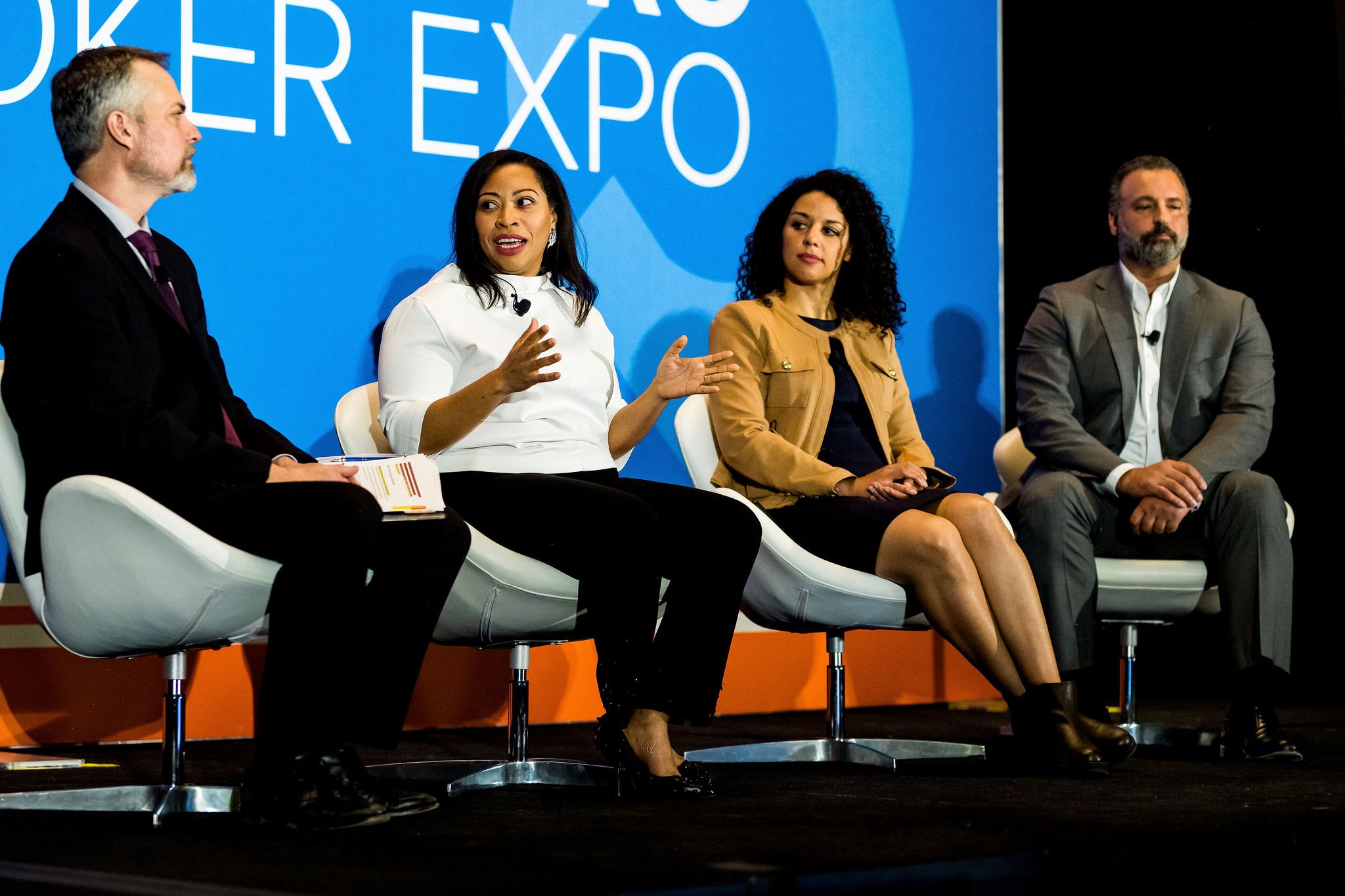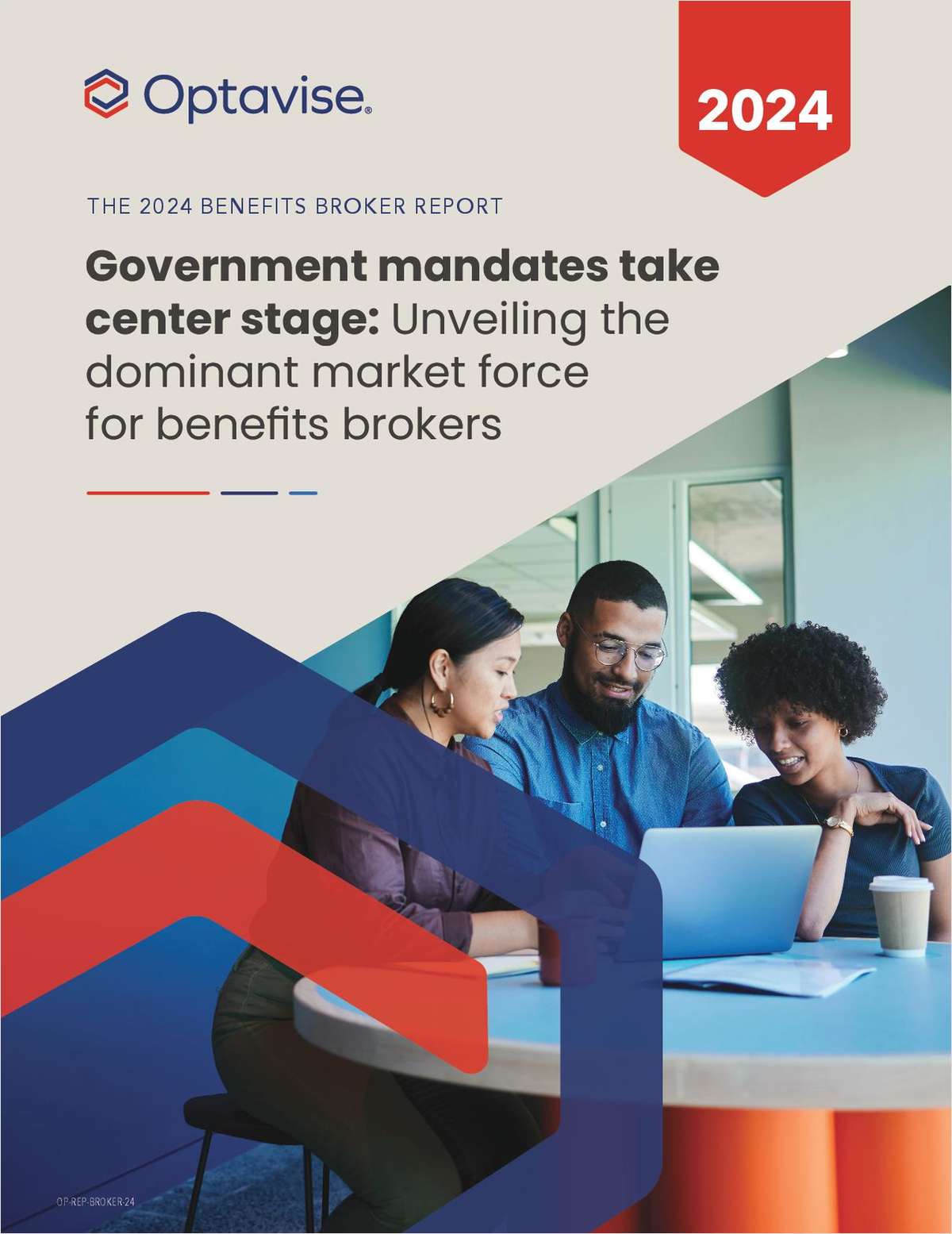It's been 50 years since legislation was created to protectworkers over 40 from age discrimination.
|Are they any better off? The EEOC wants to know.
|The question is more relevant than ever because many employees haven't saved enough to retire andmust continue to work. And the economy needs older workers in the workforce.
|At a public commission meeting marking the 50thanniversary of the Age Discrimination in Employment Act, the EqualEmployment Opportunity Commission announced that it is seekingwritten comments from the public on matters discussedat the meeting.
|At the meeting, Jenny Yang, EEOC commissioner, pointed out someof the strategies employers use to “weed out” older workers when seeking to fill a position,including
capping experience levels in job advertisements (such asrequests for candidates with “up to five years” or “three to fiveyears” of related experience)
having a mandatory retirement age
asking for “digital native” job applicants who grew up withtechnology, as opposed to those who learned it later in life
Yang also highlighted the agency’s $12 million age bias settlement with TexasRoadhouse. While the restaurant chain admitted no wrongdoing, itagreed to settle after the EEOC brought charges that it violatedthe ADEA by refusing to hire older workers for suchfront-of-the-house positions as servers, hosts and bartenders.
|The Society for Human Resource Management reports that the ADEA, which was passed in1967, is intended to protect “most job applicants and employees whoare ages 40 and older from discrimination based on age inemployment decisions, such as hiring, promotion, termination andcompensation decisions.”
|Victoria Lipnic, acting chair of the EEOC, said that now thatthe ADEA itself has reached middle age, it’s “the time in life whenwe assess our accomplishments and take a fresh look at how thingshave changed over time.”
||To that end, Lipnic said that the ADEA’s principle—that abilitymatters, not age—is more relevant than ever because of the largenumbers of older Americans who need to work and the need of theeconomy itself to have them in the workforce.
|While the ADEA and related state laws have made substantialprogress in cutting age discrimination in the workplace, Lipnicnoted that older workers still face employment barriers.
|Those barriers hit workers of all races, ethnic backgrounds andincome levels.
|In addition, she said that women have filed more agediscrimination claims with the agency than men in recent years.
|“Just as we would not make assumptions about a woman’s interestsor abilities, we should not make assumptions about her because shehas reached a certain age,” Lipnic is quoted saying at the meeting,adding that she hopes society can move beyond outdated assumptionsbased on age as they relate to a worker’s skill set.
|Changing attitudes about older workers is necessary,particularly in an economy that actually needs older workers whoare more skilled.
|But recruiters don’t even necessarily know how to reach such jobcandidates, many of whom aren’t active in social networking,according to John Challenger, CEO of Chicago-based globaloutplacement firm Challenger, Gray & Christmas.
|The meeting record will be held open for 15 days toallow public comment
Complete your profile to continue reading and get FREE access to BenefitsPRO, part of your ALM digital membership.
Your access to unlimited BenefitsPRO content isn’t changing.
Once you are an ALM digital member, you’ll receive:
- Critical BenefitsPRO information including cutting edge post-reform success strategies, access to educational webcasts and videos, resources from industry leaders, and informative Newsletters.
- Exclusive discounts on ALM, BenefitsPRO magazine and BenefitsPRO.com events
- Access to other award-winning ALM websites including ThinkAdvisor.com and Law.com
Already have an account? Sign In
© 2024 ALM Global, LLC, All Rights Reserved. Request academic re-use from www.copyright.com. All other uses, submit a request to [email protected]. For more information visit Asset & Logo Licensing.








